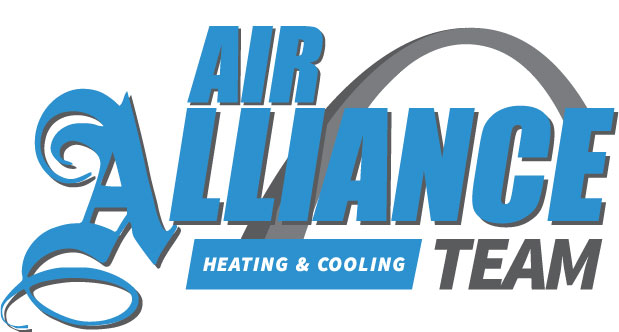
If you’re thinking about air conditioner installation in Ballwin and St. Charles, you should also be investigating your new air conditioner’s SEER rating.
SEER stands for Seasonal Energy Efficiency Rating. Simply put, it looks at how capable your air conditioner is at changing electricity into cold air. A high number signifies your air conditioner is more efficient, which is excellent for your cooling bills.
However, there are a lot of differing solutions to choose from for air conditioners. And a higher SEER ranking usually includes a bigger price. So, how can you determine which one is best for your home?
At Air Alliance Team, we provide a free, no-pressure home comfort analysis. You can schedule one by contacting us at 636-206-4584. Our knowledgeable air conditioner installers will collaborate with you to help you find the right air conditioner for your home. Plus, they’ll also provide you with a free, no-obligation estimate.
In the meantime, let’s review SEER ratings and how they can affect your loved ones’ comfort. And your energy expenses.
What Does the SEER Rating Even Matter?
In 2016, the federal government developed new SEER criteria. New air conditioners are mandated at minimum 13 SEER in the northernmost United States and 14 SEER in the southeast and southwest. If you’re unsure when you had your air conditioner replaced or what its SEER ranking is, you can find the sticker on the condenser outside your residence. If you can’t see the sticker, you can reach us at 636-206-4584 for help.
If your air conditioner was put in prior to that date, it’s probably much less efficient. Cooling technology has quickly evolved in the past several years, with huge breakthroughs in energy efficiency and smart home capability. Pairing your new air conditioner with a smart thermostat could help you spend less on air conditioning costs, since the thermostat can automatically regulate your temperature settings when you’re out.
If your existing air conditioner has a SEER rating between 8 and 10, adding a 14-SEER system could save you an estimated 30–50% on annual electricity bills. Your savings depend on your air conditioner size and your temp settings.
Is the Higher the SEER the Better?
An air conditioner with a greater SEER rating will be more efficient at consuming electricity for cooling. The most efficient systems, which can go as high as 26 SEER, have ENERGY STAR® endorsement. This designation signifies the air conditioner has achieved EPA requirements for energy savings and environmental conservation.
While ENERGY STAR air conditioners are typically more expensive, you’ll generally get the difference back over time through lower electric expenses. These air conditioners, which are generally rated 16 SEER and greater, consume about 8% less power than other new models, according to ENERGY STAR.
One of the greatest differences between a 14 SEER and 16 SEER is variable-speed technology. A variable-speed air conditioner can run at different speeds. This refines comfort for your residence while keeping your air conditioning expenses reduced. It can also keep temperatures and humidity more balanced, since it can operate for longer without requiring a lot more power.
When installing a variable-speed air conditioner, you’ll have to ensure that your furnace or air handler is compatible. This is because your air conditioner depends on this unit’s blower to send cool air throughout your residence. Furnaces only last for about 20 years, so if yours is around that mark, we advise getting furnace installation at the same time so you can enjoy all the advantages of your variable-speed air conditioner.
When you’re prepared to replace your air conditioner, the cooling pros at Air Alliance Team are ready to support you. Give us a call at 636-206-4584 to book your free home comfort analysis today.
